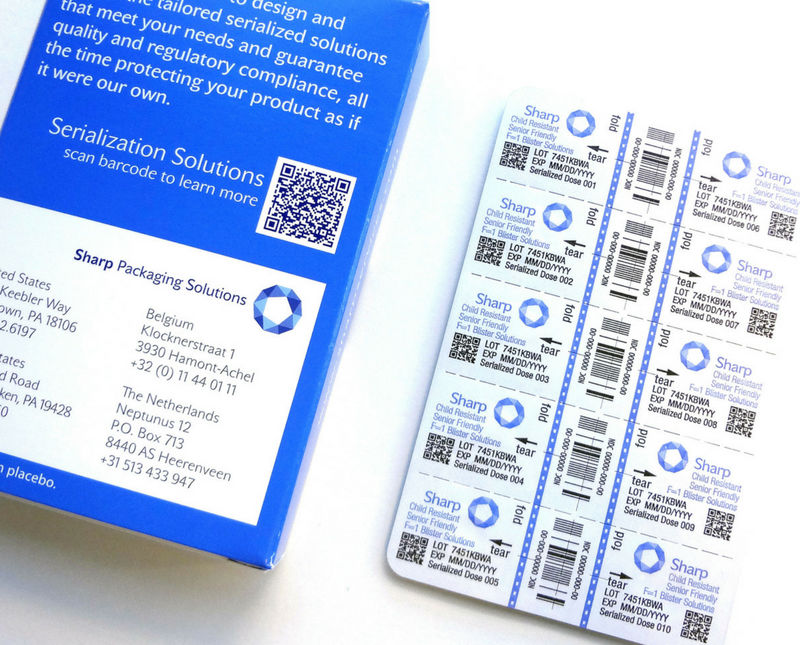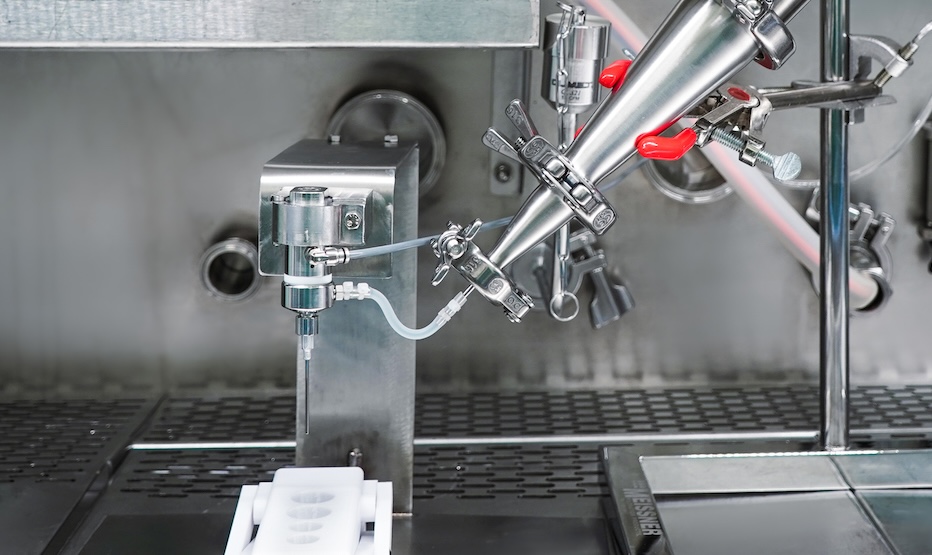Published September 19, 2018
As the deadlines for the US Drug Supply Chain Security Act (DSCSA) and the Falsified Medicines Directive (FMD) near, pharma businesses should be prioritizing the validation of their solutions. Here, Sharp’s Technical Services Manager at Sharp, offers guidance on creating a best practice approach for implementing serialization and packaging line and site readiness.
Engaging with complexity
For Sharp, being ready for serialization comes after many years of preparation. It involved investment and training in new equipment, new processes and the establishment of technical expertise. The positive impact of all that investment and preparation is that it enables the company’s customers to become serialized on average between four to six months.
Regulatory compliance is the obvious driver for implementing serialization so being aware of and understanding the various country-specific regulatory requirements, nuances and timelines are key to implementing a solution and business strategy that is comprehensive and scalable.
Serialization is far more complex than just placing a barcode on a package. To ensure that all the dynamics of the equipment, the data, and the processes work as they should, implementation cannot be treated as a project for just one or a few functional areas. Implementation requires changes and adoption of new technology and processes in almost all areas of an organization and the supply chain. Collaboration with each functional area can help to avoid challenges and missed opportunities. Organizations should partner and leverage product solutions that are proven in serialization and can help aid in not only meeting the minimum requirements but can be scalable to provide additional functionality and services.
Being innovative and flexible by making smart investments early on can help set the stage for moving beyond compliance.
Establishing data integrity and procedures early
Data integrity and data management processes must be reviewed as early as possible, as it becomes much more complex and time-consuming to retroactively correct or solidify processes and data once a business is engaged in commercially validated activities.
Establishing procedures and SOPs is crucial to site readiness. The impact that serialization has on an organization can sometimes be invisible to some departments at first, so it is important to understand and update or develop procedures to help the daily operations of the business function along with those changes. It is important to involve the different functional areas early on and create SOPs, work instructions and take the time to deploy training on not only how it impacts their roles, but the entire organization. One crucial part of training needs to be the ‘why’; why are processes changing, why are there new regulations and how does that impact what we do?
Qualification
The IT qualification process starts with ensuring that the proper infrastructure and associated security is in place, from there, following GAMP 5 for the Computer System Validation approach is imperative. The process for qualifying the serialization systems, beyond just the core functionality also requires qualifying the connections between partners and customers, as well as the configurations for each customer’s SKUs to be used when producing commercial product.
Qualification outside the site often relates to the qualification of solution partners. As far as qualifying the process through the supply chain, it is beneficial if all parties are ready and willing to engage in pilots, or end to end, testing early on. This will allow changes to be made if needed to the process upstream before the validation is complete, rather than being reactive and engaging in changes later.
Solid master validation plan SOP and computer system validation SOP must be both in place. Working through an approach to validation internally and then aligning with the customer before engaging in any validation activities is also key, as is establishing requirements and master data to avoid events, deviations and failures through the implementation process.
Collaboration and experience
The more experience partners have, the more likely it is that validation will go to plan. Success comes from learning and exposure to different requirements and scenarios. Whether early on or at any time, a new requirement or connection needs to be made, it should be expected that there will be some challenges and perhaps even longer lead times to completion. The more prepared the partners and suppliers are with their processes and abilities, the easier it is to work together when challenges do arrive. Challenges should be managed by looking for the best solution for all and not necessarily quickest, as sometimes that leads to long-term complexities or unsustainable solutions.
Pilots and case studies can often be beneficial, as much as a business plans and develops its processes, there are bound to be areas of business that affect the ideal process and adjustments can be made early on with less impact to operations.
As experts in serialization, Sharp can help. Tell us more about your serialization project.






